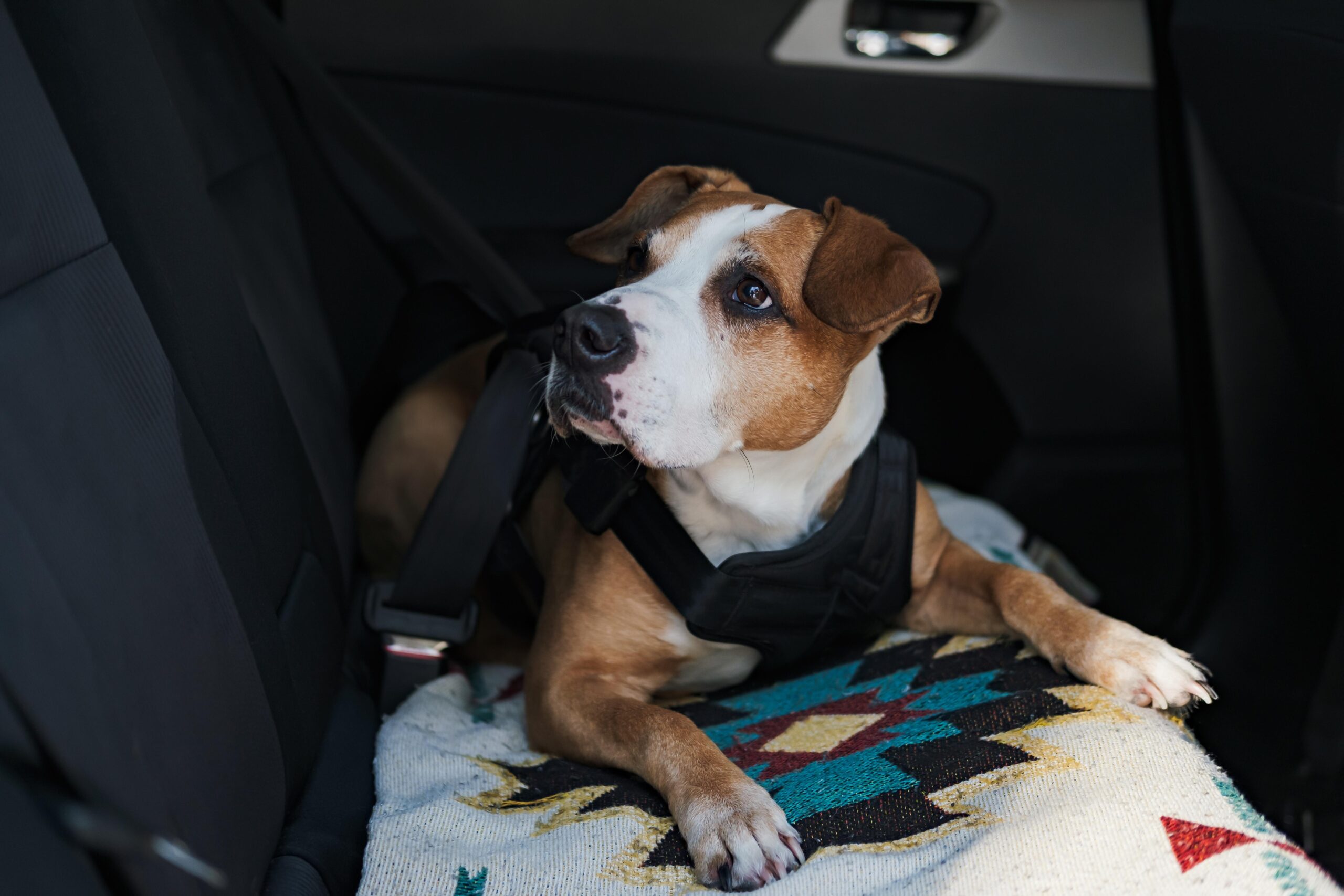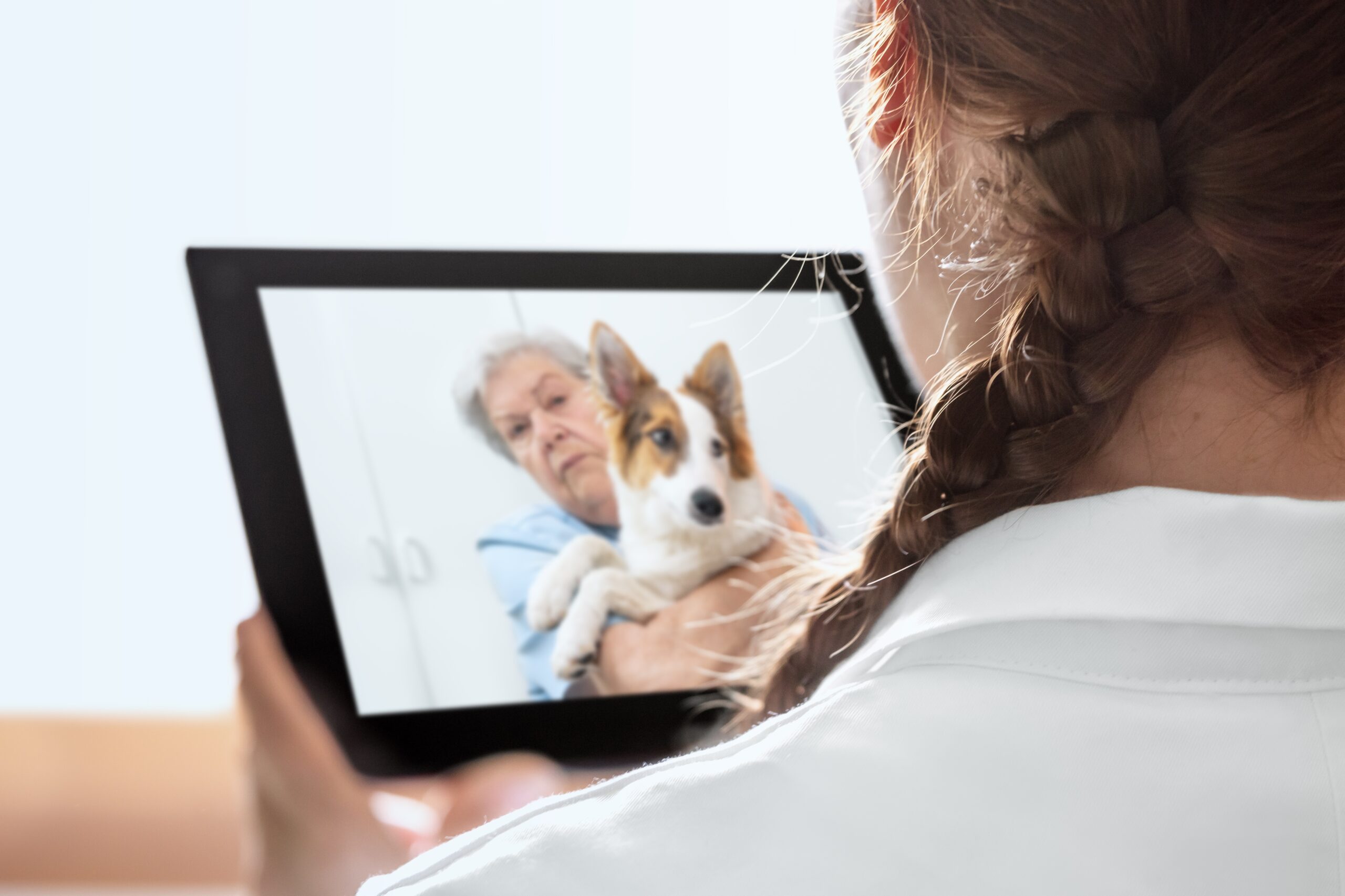Winter tips for pet owners
When the weather is cold or stormy we wrap up warm outdoors. It is important to think about keeping our pets comfortable and healthy too.
You may ask, why is this an issue when they already have a coat on?
A warm coat of hair or fur (dogs have hair, cats and bunnies have fur) works to protect animals in the wild. However, this may not be enough for our pets. Here’s why:
- Pets that spend most of their time with us in our heated homes are used to temperatures that would not necessarily suit their wild cousins. They aren’t all living in the environment they were designed for. They are not acclimatised to cold weather.
- We like to keep our pets clean and tidy. Bathing our pets when they need it keeps them fragrant – and can promote healthy skin. However, it also reduces their coats’ natural waterproofing properties.
- Grooming techniques including stripping, cutting, or clipping, regular brushing and combing also help keep the skin and coat healthy. They can also reduce the effectiveness of the coat to trap warm air and keep our pets warm in winter.
- Older pets and those with health conditions may experience coat thinning or muscle wastage. This may cause them to feel the cold more than when they were younger. It is important to rethink or update their bedding materials to help with this.
- Dogs without a double coat (think whippets, greyhounds, and similar breeds) may need a warm waterproof coat outdoors in winter. Other pets that have been bred to be hairless (like sphynx cats) may also need to wear a coat or jumper indoors.
What else do I need to know?
Common winter hazards
While some winter hazards are easy to spot, others can be hidden but equally dangerous. Knowing what to look out for could save you a trip to the vets this winter!
Snow and ice
- Snow and ice may have been treated with rock salt that can dry out paws. Firstly this causes cracking and wounds. It can also be harmful if your pet licks it off their paws. Primarily, feet should be cleaned with warm water if they have been in contact with gritted surfaces. Secondly, they should then be checked, and dried thoroughly. Don’t forget to rinse and dry between the toes.
- Of course keeping dogs’ feet clean of mud and other debris is essential. It also allows you to check for anything that may have got stuck in the pads or between the toes, or for cuts from sharp ice. If you walk your dog in woodland, daily foot cleaning may also help prevent certain seasonal illnesses.
Antifreeze and ice
- Antifreeze often pools onto the ground where drivers have been topping up their cars or defrosting windscreens. This can be fatal if it is ingested, even in small amounts. Furthermore, cats and dogs can both be affected so do not forget to check your feline friends too.
- Do not let your pet run or jump onto frozen water in ponds, lakes and rivers. Skidding might be fun, but it can cause injuries. If ice breaks your pet could get trapped under the water.
Hypothermia
- Some health conditions like arthritis can get worse in cold and wet weather. Sitting or lying on cold pavements or paths should be avoided. In particular it is important to provide a supportive cosy bed, placed away from draughts to help.
- Even free-ranging cats that are used to going outside should have access to a warm sheltered bed around the clock. This ensures that they don’t get too cold in the winter months.
Winter swimming
- If your dog likes to swim, then you should limit the time they spend in the cold water. This is especially important between October and March (a few minutes only). When they are out of the water you should dry them quickly. Use a towel and get them out of the wind. (Imagine standing around outside in a wet swimming costume in the winter, brrr!)
- If your pet is shivering after swimming, you should warm them gently. If they stop shivering and become lethargic then they could be hypothermic (have a dangerously low body temperature). You should contact your vet immediately.
Smaller pets
- Rabbits and guinea pigs also need extra care in cold weather. This is important whether they live indoors or outdoors. A waterproof covering is essential for the hutch. This can be a tarpaulin over a blanket or duvet to provide extra insulation (with a gap for air circulation).
- The homes of healthy rabbits that share a hutch should not be allowed to get below 0oC and they should have lots of newspaper for insulation and plenty extra bedding to snuggle into for warmth. Guinea pigs can tolerate a slightly lower temperature (down to -5oC), if they are fit and well, have friends to cosy up to and lots of bedding. It is best not to let the temperatures fluctuate too much though.
- If the weather takes a real turn for the worse, you should consider bringing them indoors. If so, they should still have a light and safe space to exercise. Do not keep them in a garage if you also use it for your car. Exhaust fumes even in small amounts would be very harmful.
If it is cold for us, it’s cold for them too! But if you keep an eye out for hazards during and after walks, and check your home-based pets daily, you should be able to keep them safe and warm, whatever weather the winter throws at us.
If you would like any more information, please contact out team of Registered Veterinary Nurses for advice.




